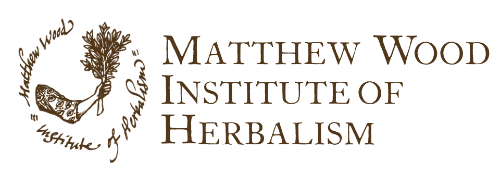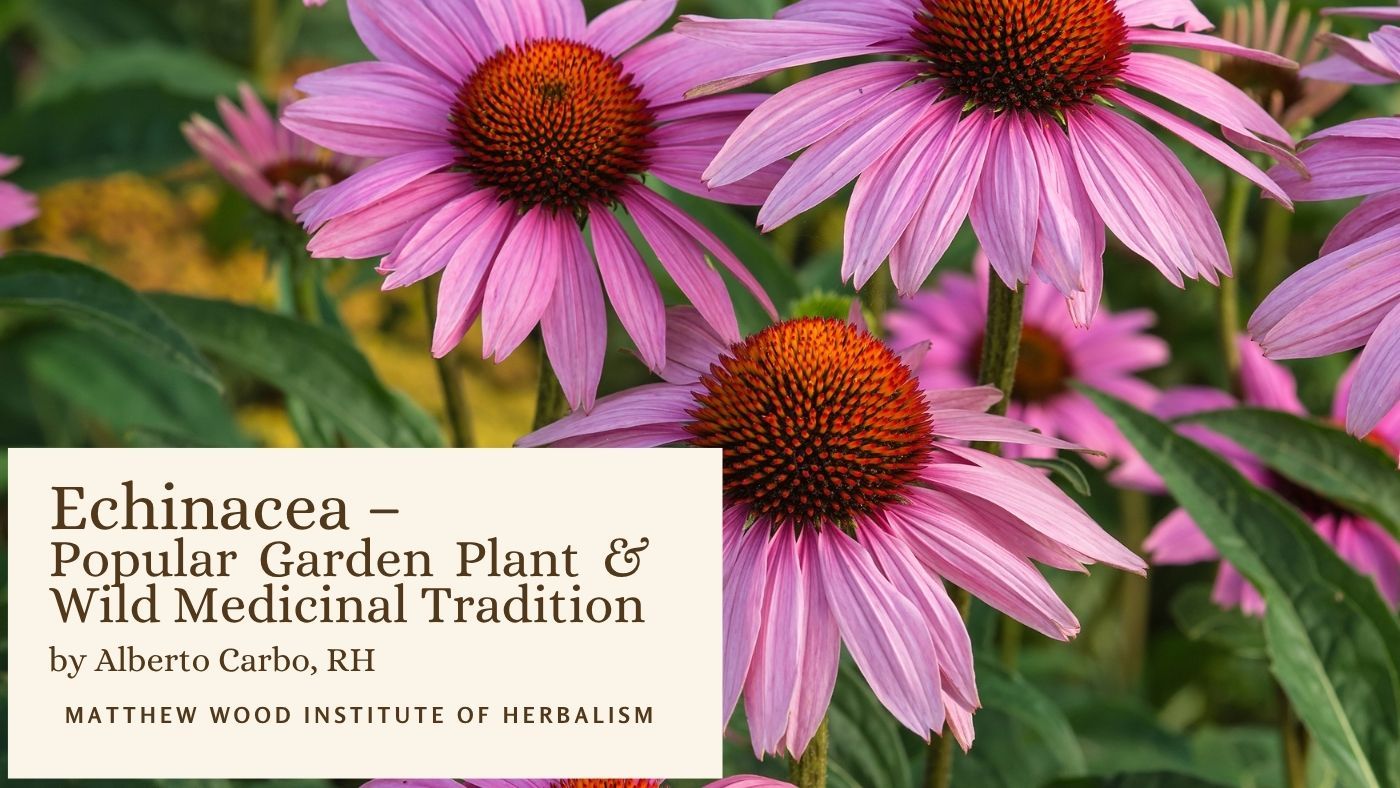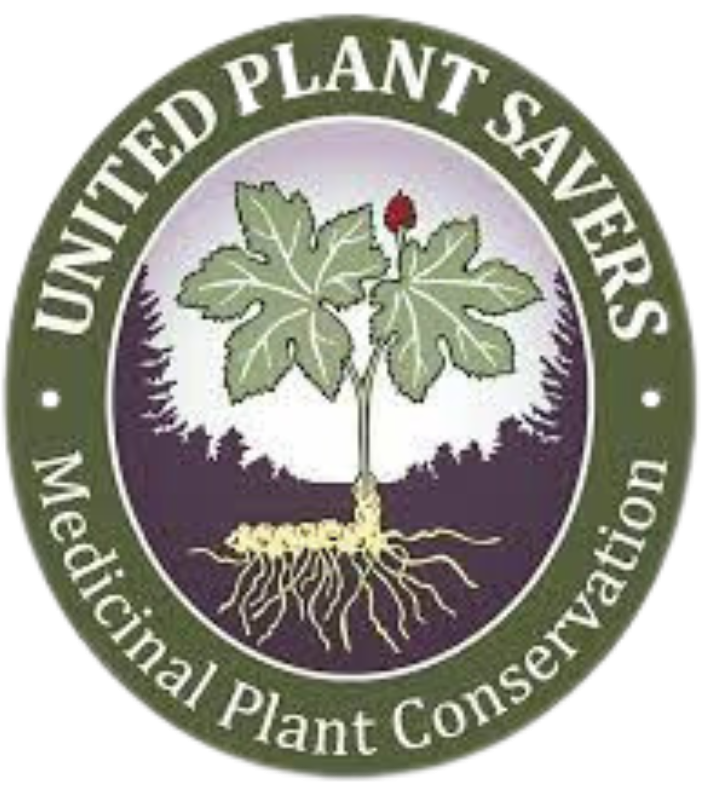In today’s modern world, where suburban lawns are manicured and obscene amounts of water are used to keep foreign grass species perfectly green throughout the year, many ancestral medicinal plants have been labeled ‘weeds’, and countless grass enthusiasts have done everything in their power to eradicate these prolific medicines from their lawns.
In contrast, the beauty of certain plants is enough to distract the masses, despite their wild-growing tendencies and untamed character. Echinacea, a prairie native, has avoided being mislabelled as a weed, seducing its way into the gardens of uninformed suburban dwellers through its rugged, yet graceful and vibrant beauty. Indeed, appreciation of Echinacea’s beauty is preferable to disdain and apathy, yet unfortunately, superficial.
Today, thanks to persistent marketing campaigns that began in the 80s, Echinacea is primarily known as an acute cold and flu remedy – an “immune herb”. Much like the broader appreciation of Echinacea’s beauty, this use is superficial and ungrounded, like the roots of a recently plowed field.
As Matthew Wood points out in the “Diffussives” class in the Herbs A-Z course, there is a vast and detailed history of the use of Echinacea by Native Americans of the Great Plains. Their traditional understanding of the use of the “cone flower” reiterates the importance of folk traditional knowledge and why learning herbs from a purely scientific perspective can be myopic.
Like in so many other cases, Echinacea is a useful remedy for the very health concerns that were common in the region in which it grows. Prairies and grasslands come with snakes, and Echinacea was traditionally known as a snakebite and venomous sting remedy. While most of us today are not getting bitten by snakes, Echinacea’s medicine remains relevant.
Rattlesnake venom is known to be hemotoxic, targeting blood and vascular tissue, causing rapid swelling and cell breakdown. Cytotoxic effects contribute to local tissue death, inflammation, pain & tissue necrosis. Today, we have effective anti-venoms administered in emergency care centers in case of a snake bite; however, despite their effectiveness, kidney injury remains one of the most serious potential post-effects of venomous bites.
A snake bite produces similar conditions to those of sepsis or toxic infection. In both of these cases, there is swelling, tissue breakdown, and immune overactivation. Hemolysis and an increased protein load can easily overburden the kidneys. Echinacea is adept at assisting in the removal of pus and infection, while simultaneously supporting kidney function. As Phyllis D. Light points out in the First Aid for Herbalists course, Echinacea can be indispensable in supporting those who are recovering from a snake, brown recluse spider, and other venomous insect bites.
Diving deeper, another example of Echinacea’s holistic support of healthy human function is its specific ability to inhibit hyaluronidase, an enzyme that happens to be found in snake venom, bacteria, and infection. Hyaluronidase breaks down hyaluronic acid, a key component of the extracellular matrix. By weakening the matrix, hyaluronidase enables the venom or infection to spread more easily through bodily tissues. Echinacea not only protects the extracellular matrix, through its diffusive action, it also stimulates the movement of the lymph, thereby supporting the health of the matrix in two different ways.
The category of diffusive herbs is not widely known. As Matthew points out, this is strictly a Western Herbal Medicine category, pioneered by Samuel Thompson and his use of Lobelia. If you have ever tasted Echinacea, you’re likely familiar with the tingly dispersing sensation on the tongue. Radiating through the tongue and lips, Echinacea’s physiological action mirrors its taste, and gives us insight regarding its effects on the tissues and systemic influence via the autonomic nervous system.
Additionally, diffusive herbs combine well with others by activating, or opening the flow of vital force through the capillary and nerve networks, enabling the body to respond more effectively, gently breaking through the depressed and stagnant tissues, and increasing the efficacy of other herbs.
Echinacea is particularly useful and distinct from other diffusives like Cayenne, Lobelia, or Prickly Ash, due to its affinity and stimulation of the lymphatic system. While few are bitten by snakes today, there are many scenarios, such as scrapes, cuts, and wounds, which could easily turn septic. Additionally, like an underlying infection, silently wreaking havoc underneath the surface, the depressed tissue state is likely more prevalent than we realize – considering the majority of us spend excessive amounts of time sitting, immobile and inactive – the perfect conditions that could render our lymphatic systems to stagnate.
Though these are not all of Echinacea’s medicinal applications, they are certainly the most unique and worth highlighting. Yet again, our modern scientific understanding of physiology and pathological conditions enables us to understand that the centuries-old traditional uses, developed by people living in communion with the land, were deeply rooted in holism and a true understanding of the medicinal properties of wild medicinals.
If you want to learn more about the medicinal uses of this misunderstood medicinal, join us for the Seasonal Herbalist Q&A, or check out one of the classes mentioned in this article.
**Permissions**
You’re welcome to share this blog post on social media and link back to it—please do! All images, photos, and written content are the creative property of the author and used with permission. If you’d like to reproduce or distribute any part of this content beyond social sharing, written permission is required.
**Disclaimer**
The information provided in this digital content is for educational purposes only and is not intended as medical advice, diagnosis, or treatment. It should not be used as a substitute for consultation with a qualified healthcare professional. Always consult a licensed healthcare provider before making any changes to your health regimen, especially if you are pregnant, nursing, taking medications, or have a diagnosed medical condition.
Matthew Wood, the Matthew Wood Institute of Herbalism, Earth to Stars Productions, and their employees, guests, affiliates, and collaborators assume no liability for the use or misuse of any information presented. The application of any material is solely the responsibility of the reader or participant.
Any descriptions of herbal or natural products, remedies, or techniques are for informational purposes only. These statements have not been evaluated by the Food and Drug Administration (FDA). This content is not intended to diagnose, treat, cure, or prevent any disease.
Participation in educational programs or use of this material does not confer certification, licensure, or professional qualification in herbal medicine or any healthcare field. Results or experiences described may vary and are not guaranteed.
This disclaimer shall be governed by and construed in accordance with the laws of Minnesota, USA, without regard to conflict of law principles.


